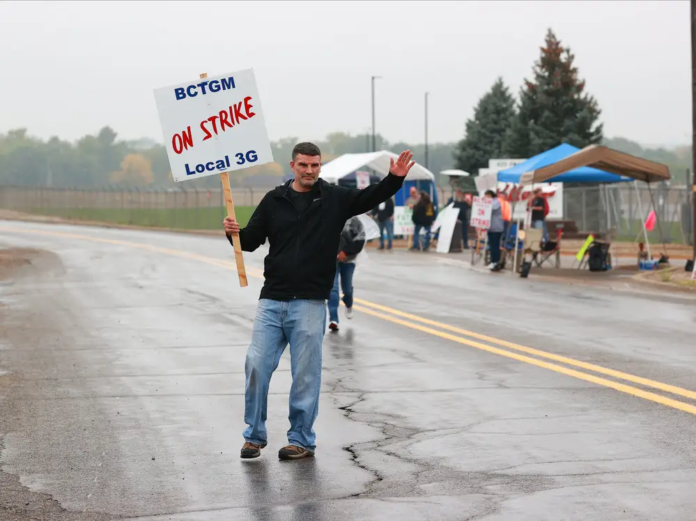By Michael Ge
On October 5, around 1,400 workers at four different Kellogg’s plants went on strike. The strike has been ongoing ever since, and despite the strike still continuing to this day, there still has been no agreement between the Bakery, Confectionery, Tobacco Workers and Grain Millers’ International Union (BCTGM), which represents the striking employees and Kellogg’s. The strike is ongoing at four different locations: Battle Creek, Michigan, Omaha, Nebraska, Lancaster, Pennsylvania, and Memphis, Tennessee.
The strike started after negotiations to renew the contract between BCTGM and Kellogg’s fell through. The two sides could not reach an agreement over employee classification and healthcare and employee benefits. The employee classification system had two tiers, with the lower tier receiving less pay and benefits. The union strongly opposed this system. Furthermore, Kellogg’s was accused of threatening to move jobs to Mexico.
On December 2, negotiations between BCTGM and Kellogg’s were reached with a tentative agreement. The agreement would have increased pay, although less than the rate of inflation, as well as improvements to health care and vacation time, but it would’ve kept the two tiered employee classification. This agreement was rejected by union members on December 5.
On December 7, Kellogg’s attempted to hire other people to replace the striking workers. The company’s job application site was opened in order to hire. This backfired when individuals on the internet, in a collective act of solidarity, purposely crashed the application website.
As the strike continues, many question how long it can go on for. Support for the workers is growing among the public, demonstrated by the collective crashing of the Kellogg’s application website. Following a widely publicized and successful strike from workers for John Deere, many look to a potential uptick in strikes for higher wages and better working conditions.

